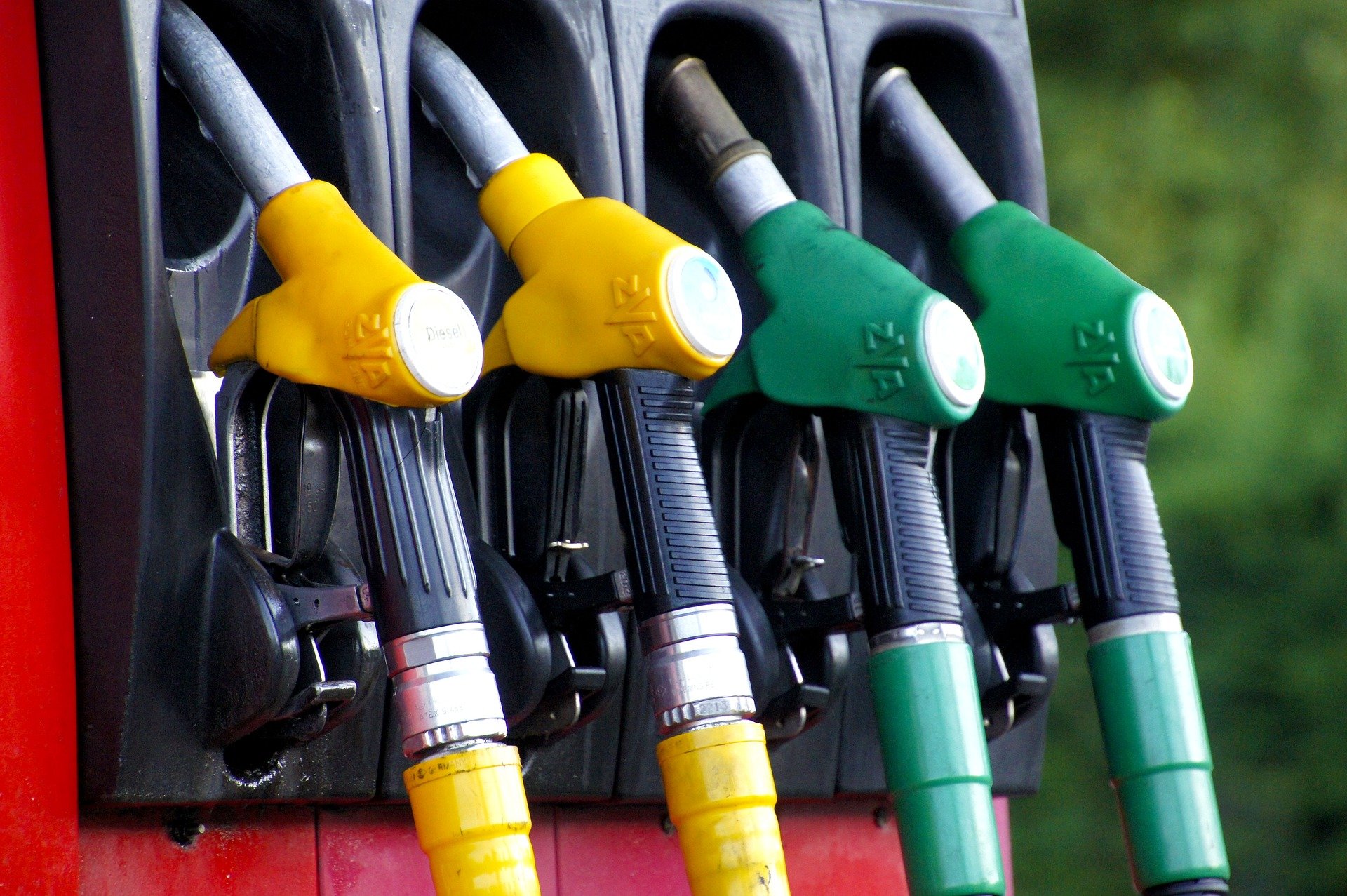The Euro to Dollar Conversion moves lower as the EU considers a boycott of Russian energy imports as the Russia-Ukraine war continues, despite talks.

Euro to Dollar Conversion Slips to Multi-Week Low
The Euro to Dollar conversion seems bearish in the short term and may drop below several moving averages. It is moving with a negative bias as bears take over the forex market in the European Union. The escalating geopolitical headlines drag the currency pair lower.
The Euro to Dollar today slips from 1.1142 levels as the energy crisis escalates in Eastern Europe. It is trading at multi-week lows. The Euro currency is trending towards levels last seen in April 2020.
Putin’s announcement of payment in Russian Rubles for natural gas from April 1 weakened the Euro currency. The currency pair has lost almost 2.1% in four trading sessions. The European leaders are considering a boycott of Russian energy and coal imports.
The EUR/USD currency pair is trading at 1.0929 on Tuesday, April 5, 2022. It remains under pressure as the greenback is on an uptrend with geopolitical tension.
The area at 1.0900 is critical for the Euro to Dollar conversion in the foreign exchange. The next support level is 0. 0850.
Russian War on Ukraine Affect the European Union
The Russian intrusion on Ukraine continues ceaselessly despite sanctions mounting from the US and the EU. The Russian attack on Ukraine has been going on for more than a month. Despite diplomatic talks between top officials, the Russia-Ukraine conflict persists.
Russia withdrew some of its troops from Ukraine’s northern regions. But, other areas are under attack.
Western countries have condemned the attacks from Russia. Civilians, hospitals, and schools have not been spared from the Russian military attacks.
French President Macros called for a ban on Russian oil. The EU called for a blanket ban on Russian imports.
As the war continues unabated, sanctions imposed on Russia are also increasing. Sanctions will hurt the global economies further, predict analysts. It will cause supply chain disruptions and a hike in inflation and commodity prices.
Ukraine War Exposes EU’s Energy Dependence
The EU depends on Russian imports to meet its energy needs. But, to curb the Russian attack on Ukraine, the EU may ban Russian imports. It will lead to a great energy crisis, but the EU is determined to put its foot down on Russia.
Russia supplies almost 40% of natural gas and 50% coal to the European Union.
Russia asks western countries to pay in Rubles for its natural gas supply. The bloc faces a full-blown energy crisis. But, leaders in the EU are not willing to comply with the demand for payment in the Russian currency. The demand for payment in Rubles is a violation of existing contracts, say EU leaders.
On April 1, Russian President Vladimir Putin announced that they would accept only Ruble payments from ‘unfriendly countries’. Under the rule, natural gas importers from Russia have to open foreign currency accounts with Russian banks to handle the Ruble payment.
The European Union and the United Kingdom face an energy crisis from October 2021. Germany has asked its people to bring down energy consumption. Energy prices are skyrocketing in the European Union. Gas rationing is taken as an initiative to address the energy crisis in Germany and Austria. High inflation affects the Euro area. The energy crisis may account for a loss in GDP of 1% to 2%.
The next alternative is to import LNG from the United States. However, it is not an immediate solution. Moreover, logistical costs will increase, and the need for shipment facilities will rise.
Major Currency Pairs Today
The US intends to announce more sanctions if the war does not cease. Inflation across the globe is high as supply disruptions worsen the situation further. The central banks hope to tighten monetary policies to tackle inflation problems. Market sentiment is weak as leaders flounder to find a solution to the crisis.
The International Energy Agency asks countries to reduce energy bills and lower thermostat usage in residential buildings to reduce energy consumption. It will lower energy requirements by almost 10%, says the agency.
The GBP/USD pair trades at 1.3152 on Tuesday, April 5, 2022. Though the British Pound is holding on without slipping further, it is trading below support at 1.3208.
The US Dollar has strengthened to 98.93 on April 5. The Ukraine war has added to the spike in the US Dollar as a haven during troubling times. The DXY has strong resistance at the 99.30 levels.
The EUR/GBP trades at 0.8338, with slippage of 0.94% from March 31. The dovish attitude by the Bank of England in tightening policies in March keeps the British Pound vulnerable against the Euro.
Brent crude prices are moving higher as new sanctions are imposed on Russia.